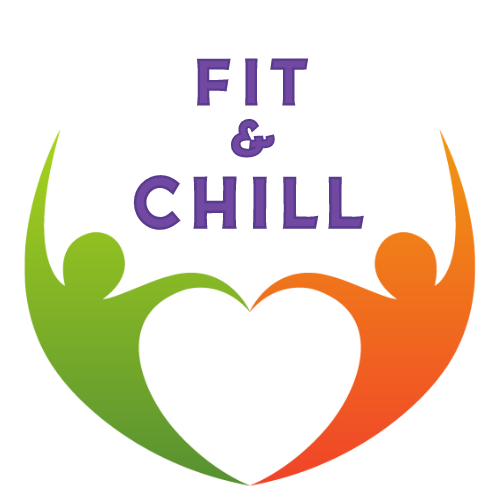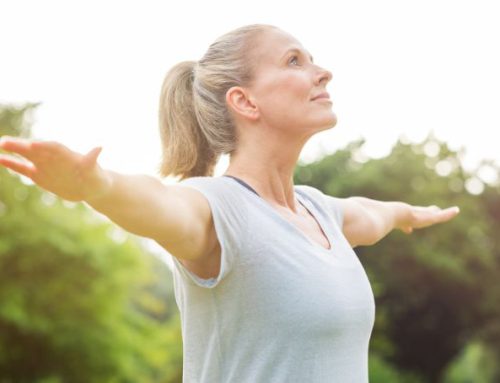Step by Step Guide
- Starting Position:
- Sit on the floor with your legs extended in front of you.
- Place your hands on the floor slightly behind your hips, fingers pointing towards your feet, to support your upper body.
- Engage Core Muscles:
- Engage your core by drawing your navel towards your spine and pressing your lower back into the floor.
- Keep your chest lifted and shoulders relaxed throughout the exercise.
- Lift Legs Off the Ground:
- Lift both legs a few inches off the ground, keeping them straight and parallel to the floor.
- Ensure that your lower back remains in contact with the floor to avoid arching.
- Flutter Legs:
- Begin fluttering your legs up and down in a controlled motion, as if you are kicking your feet through water.
- Keep the movement quick and rhythmic while maintaining control and stability in your core.
- Maintain Breathing:
- Breathe steadily throughout the exercise, inhaling and exhaling in a controlled manner.
- Avoid holding your breath, and focus on maintaining a steady rhythm.
- Continue Flutters:
- Continue fluttering your legs for the desired duration or number of repetitions, aiming to keep them off the ground throughout the set.
- Return to Starting Position:
- After completing the set, lower your legs back to the starting position and rest briefly before repeating.
Benefits of The Seated Leg Flutters
- Core Strength: Seated Leg Flutters target the lower abdominal muscles, including the rectus abdominis and transverse abdominis, helping to strengthen and tone the core.
- Lower Body Flexibility: The dynamic movement of fluttering the legs can help improve flexibility in the hip flexors and lower body muscles.
- Stability Enhancement: This exercise challenges stability and balance, especially in the core and hip region, leading to improved overall stability and coordination.
- Convenience: Seated Leg Flutters can be performed anywhere without the need for equipment, making them a convenient addition to any workout routine.
Tips for Beginners:
- Start Slowly: Beginners should begin with a slower pace and smaller range of motion to focus on proper form and technique.
- Focus on Control: Concentrate on maintaining control and stability throughout the exercise, rather than speed.
- Modify as Needed: If lifting both legs off the ground is too challenging, start by lifting one leg at a time alternately, or bend your knees slightly to reduce the intensity.
- Engage Core Muscles: Keep the core muscles engaged throughout the exercise to support the spine and protect against lower back strain.



Leave A Comment